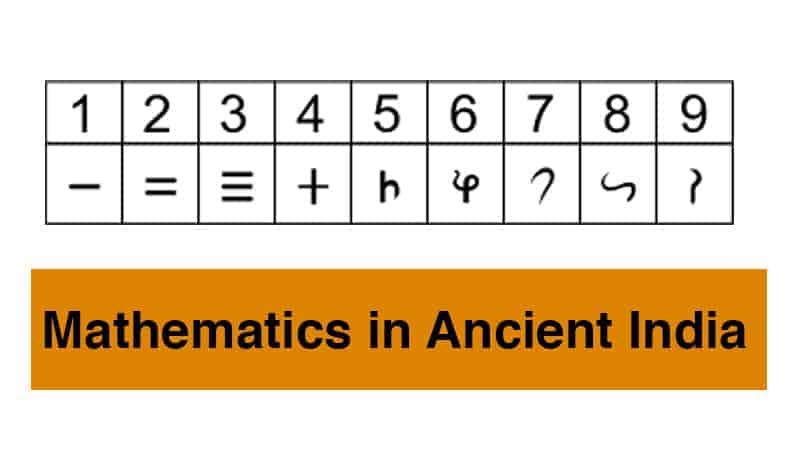A prime number is a natural number greater than 1 that is not a product of two smaller natural numbers, or we can say that a prime number is a whole number greater than 1 whose only factors are 1 and itself. The first few prime numbers are 2, 3, 5, 7, 11, 13, 17, 19, 23 and 29.
Introduction
The distribution of such prime numbers amidst all-natural numbers does not follow any regular pattern.
Despite that, the German mathematician Bernhard Riemann (1826 – 1866) observed that the frequency of prime numbers is very closely related to the behavior of a complex function (named as zeta function).
Who is Bernhard Riemann?
The Riemann hypothesis is named after the German mathematician Bernhard Riemann. Riemann Hypothesis is among the 7 unsolved & Millennium Prize problems, for which $1,000,000 had been announced by the CMI (Clay Mathematics Institute) from its inception in 2000.
Bernhard Riemann was born in Breselenz in 1826. He has done commendable work in the fields of analysis and geometry. His most significant contribution was in the field of differential geometry.
Read More: Do You Know About the GIJSWIJT Sequence? It’s Very Interesting
What is the Riemann Hypothesis?
The Hypothesis Riemann was released in 1859. It was published in a newspaper with the headline or heading “On prime numbers less than a given magnitude” on 4 pages. In 4 short pages, he discussed: –
- Definition of the Riemann zeta function ζ(s), a complex-valued zeta function
- The analytic continuation of the zeta function to all complex numbers s≠1
- A definition for the Riemann xi function ξ(s), an entire function related to the Riemann zeta function through the gamma function
- Two proofs of the functional equation of the Riemann zeta function
- A definition of the Riemann prime counting function J(x) by using the prime counting function and the Möbius function
- An explicit formula for the number of primes less than a given number by using the Riemann prime counting function defined using the non-trivial zeros of the Riemann zeta function.

Read More: All About Golomb Sequence
Bernhard Riemann observed that the frequency of prime numbers is very closely related to the behavior of a complex or elaborate function.
Bernhard Riemann observed that the frequency of prime numbers is very closely related to the behavior of a complex or elaborate function.
ζ(s) = 1 + 1/2s + 1/3s + 1/4s + …
This function ζ(s) is named the Zeta function. Riemann was the first mathematician to consider the zeta function ζ(s) for a complex variable s, where s = σ + it.
In other words, the Riemann Hypothesis is about prime numbers and their distribution. The distribution does not follow any regular pattern, but Riemann believed that the frequency of prime numbers is closely related to an equation called the Riemann Zeta function.
The Hypothesis Riemann claims that all attractive solutions of the equation
ζ(s) = 0
& lie on a specific vertical straight line.
This has been checked for the first 10,000,000,000,000 solutions already but has not proved it… Proof that the Riemann hypothesis is true for every interesting solution will illuminate many mysteries surrounding the distribution of prime numbers.
Read More: What is Kolakoski Sequence
Is the Hypothesis Riemann Still Unsolved?
The Riemann Hypothesis is still unsolved. In 2016, an Indian mathematical physicist Kumar Eshwaran claimed he had solved the Hypothesis Riemann.
He titled his research ‘The final and exhaustive proof of the Riemann Hypothesis from first principles on the internet almost five years ago, but leading journals and specialists in the field have not accepted this proposed proof. The problem is still unsolved.


